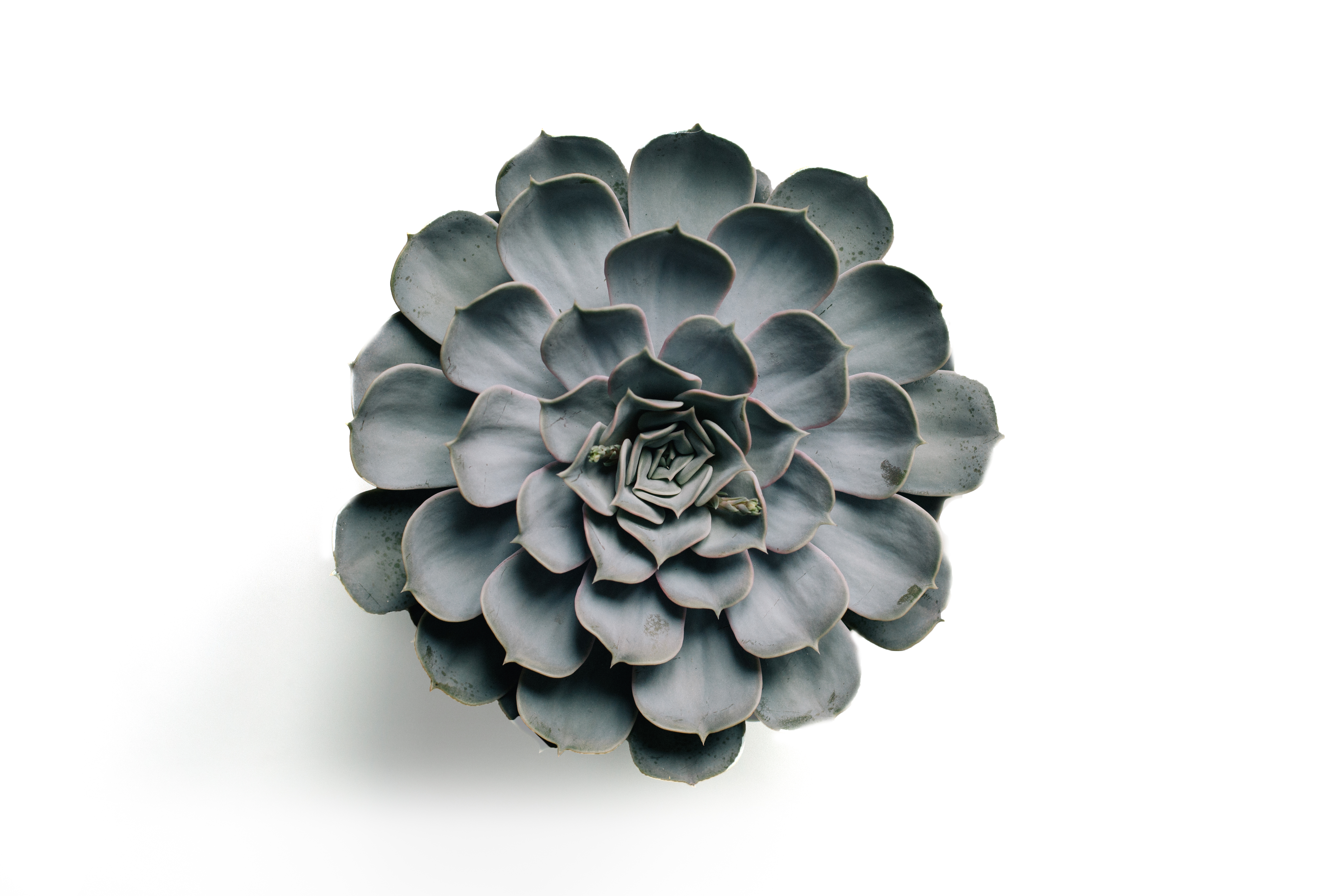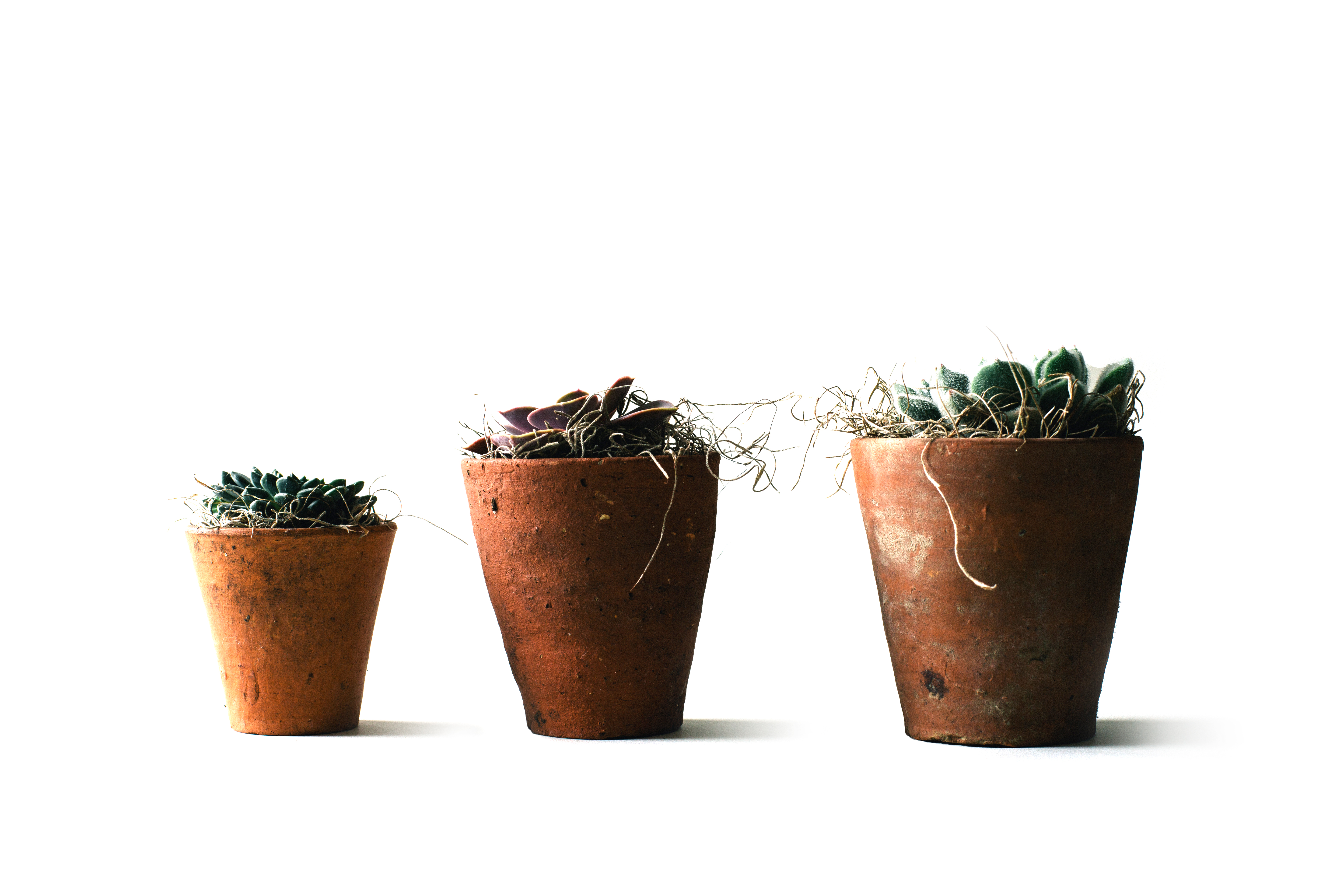Web design trends for 2015 (Part two)
In part two of our series on 2015’s web design trends, we focus on the move towards minimalism and simplicity. If you have missed part one of web design trends for 2015, we suggest you check it out.
Removing non-essential design elements in favour of simplicity
Web design is no longer about showing off a load of fancy tricks. Good design can improve conversion rates and improve the reputation of you brand, and companies want to see these results. That has led designers to streamline their work, so that users are able to quickly find the information they want, and have no trouble understanding how to use the website. They are removing non-essential elements that could distract the user from the most important content and functionality.
Flat design
In line with the trend for minimalism, web designers are eschewing 3D visual elements in favour of 2D design, known as flat design. This is in contrast to skeuomorphic design, which used shadows and textures to bring the design to life and make it jump out of the page. That is now seen as old-fashioned. Flat design is a more simple and classic approach to web design, with block colours and clean lines. The result is easy to digest and appeals to users of all ages. Check out our guide to flat design for more information on this trend.
Performance and speed
We’re living in an era where everyone has a fast-paced life, and with so much to look at online and a never-ending to-do list, we don’t have time to waste on a slow-loading website. Instead, people will often click away if a website isn’t loading quickly, which causes loss of sales and a negative brand experience. Therefore, web designers are testing their designs and making changes to improve the speed of loading and use of the website. This includes ensuring websites are not too image-heavy, and image files that are used are not too large.
Hidden main menus
It might seem strange to hide the main menu, as it’s one of the places we most want users to click. However, it can be a distraction from the main content on your home page. In 2015, most users are used to needing to hover in a central place or click to reveal a menu, so they will understand what to do. This web design trend is appropriate for websites targeted to those who care more about aesthetics and enjoy a simple design, but not for those who require very obvious functionality to be useable.
Part three of our web design trends series is coming soon, and you can also check out part one now, with a focus on engaging and interactive design. As an award-winning, full service digital agency, we are committed to delivering advanced web solutions that consolidate website design and digital marketing. Give us a call today to chat out your web design solution.

